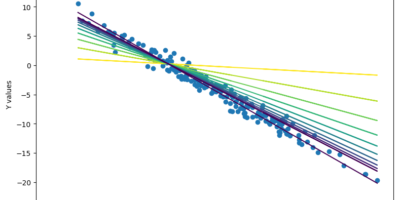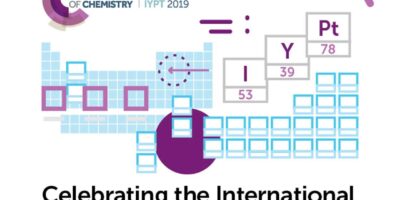In a paper within the online edition of Science, MIT professor Job Dekker, and his colleagues have shown new evidence for a general principle regarding condensed, mitotic chromosome organization and structure which is highly adaptable and common in all cells. This new set of data of how chromosomes are disassembled and reassembled in cell division will able to provide new insight that will be able to help scientists and researchers to answer basic questions regarding epigenetic inheritance, human chromosomal diseases, and cancer.
DNA is typically distributed throughout the cell, over a large volume. In previous works by Dekker and his colleagues, it was shown that the points of interaction along the chromosome influence gene expression, and are the reason why different cell types are organized differently in three dimensions. “Each cell type, whether blood, skin or liver cell, has a unique structure and organization that is closely tied to gene expression and function,” said Dekker.
One set of theories has poised that the long DNA molecules are coiled in a hierarchy of strands that are successively thicker, ultimately forming large bundles of mitotic chromosomes. Another set of models proposed that the DNA forms a series of loops that are attached to a linear axial structure which forms the backbone of the chromosome.
There are different sets of experimental evidence that support these models, preventing either one from being ruled out. Dekker and the team led by Leonix Mirny, PhD, associate professor at the Massachusetts Institute of Technology. His team developed sophisticated computer simulations which use polymer models of DNA molecules for the two competing theories of mitotic chromosome organization. They found that during metaphase, the chromosome was being packaged into a two-phase process, rather than hierarchally. During the first phase, chromatin loops of length 80000 to 120000 DNA base pairs form, which radiate out from a scaffold. This is followed by axial compression of the chromosome, which results in a tightly folded package like a spring.
The next step for Dekker, Mirny and their teams is to determine precisely what exactly is guiding the disassembling and reassembling of the chromosome.




Leave a Reply